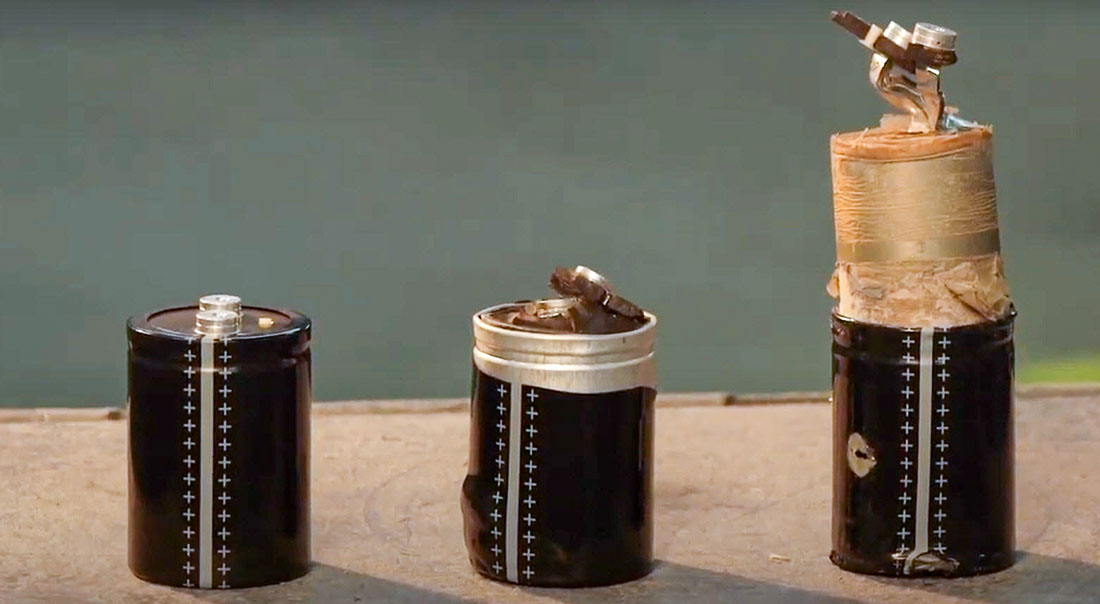cecil87
Member level 1

Is there any study or analysis of electrolytic capacitor manufacturers showing how many minutes or hours are needed to completely reform electrolytic capacitors assembled in the circuit of electronic devices and these electronic devices were stored unused for a long period?
1 hour (60 minutes) is enough or not?
1 hour (60 minutes) is enough or not?



